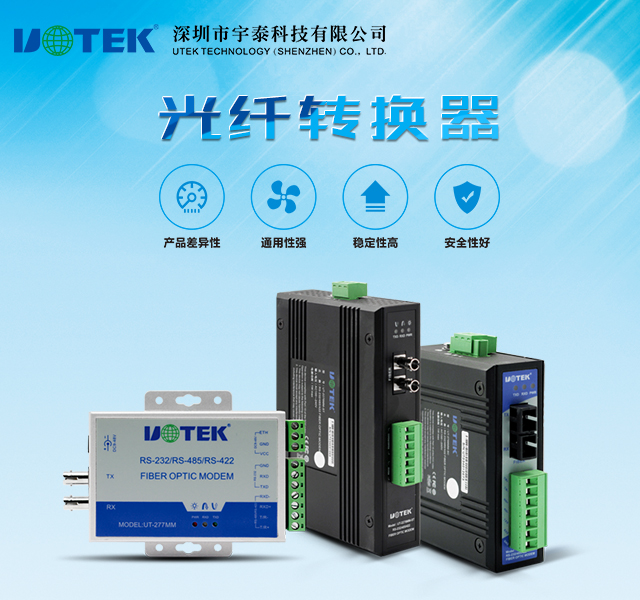Optical fiber transceiver nine must know technical points
Highlight 1: Supporting the transmission of ultra-long VLAN data packets. It can be used with switch products that support the IEEE 802.1Q protocol.
Highlight two: support SPANNINGTREE structure fault-tolerant network.
Highlight three: Support 1000Base-FX optical transmission standard, can communicate with other products.
Highlight four: Using LED to indicate the working status, the working status is clear at a glance. Plug-in design, convenient loading and unloading, plug and play, hot swappable. Built-in AC220V, DC-48V and external 5V power supply are optional.
Highlight 5: Adopt advanced adaptive technology: Automatic adaptation at working speeds of 1000 Mbps, 100 Mbps, and 10 Mbps; Self-adapting of straight-line/cross-line, no electrical and optical adjustments are required during installation.
Highlight six: Supports full-duplex and half-duplex network communications with auto-negotiation capabilities.
Highlight VII: The use of international advanced technology solutions and integrated chips with excellent performance, stable operation, stable data transmission, and strong anti-jamming capability; good heat dissipation ensures long-term stable operation. The average time between failures exceeds 70,000 hours and meets carrier-class operating standards.
Highlight 8: Supports the remote pre-alarm function of the LINK LOSS link; the REMOTE function ensures the integrity of packet transmission.
Highlights 9: support for IEEE802.3x support collisionbasebackpressure.

Related Products Recommended: Fiber Optic Transceiver Fiber Optic Switch Optoelectronic Converter
A valve is a device that regulates, directs or controls the flow of a fluid (gases, liquids, fluidized solids, or slurries) by opening, closing, or partially obstructing various passageways. Valves are technically fittings, but are usually discussed as a separate category. In an open valve, fluid flows in a direction from higher pressure to lower pressure. The word is derived from the Latin valva, the moving part of a door, in turn from volvere, to turn, roll.
The simplest, and very ancient, valve is simply a freely hinged flap which drops to obstruct fluid (gas or liquid) flow in one direction, but is pushed open by flow in the opposite direction. This is called a check valve, as it prevents or "checks" the flow in one direction. Modern control valves may regulate pressure or flow downstream and operate on sophisticated automation systems.
Valves have many uses, including controlling water for irrigation, industrial uses for controlling processes, residential uses such as on/off and pressure control to dish and clothes washers and taps in the home. Even aerosols have a tiny valve built in. Valves are also used in the military and transport sectors. In HVAC ductwork and other near-atmospheric air flows, valves are instead called dampers. In compressed air systems, however, valves are used with the most common type being ball valves.
Hydraulic Valve,Hydraulic Control Valve,Hydraulic Solenoid Valve,Pressure Control Valve
GRH , https://www.grhcn.net